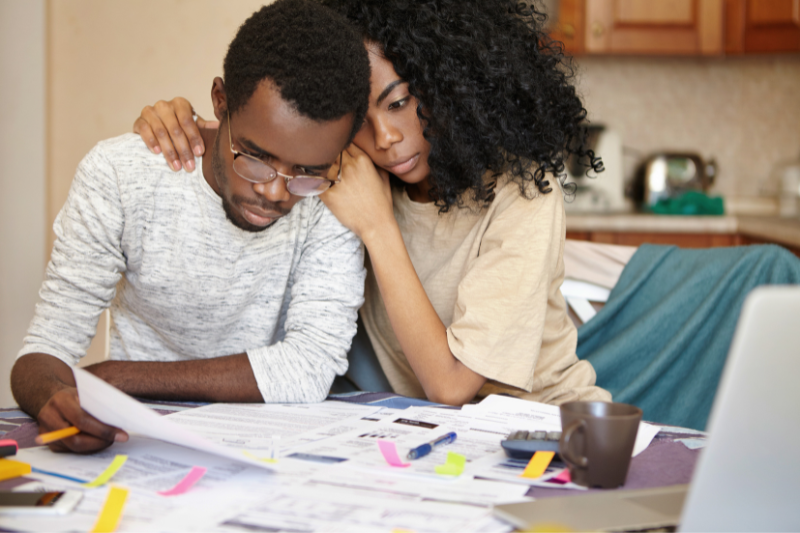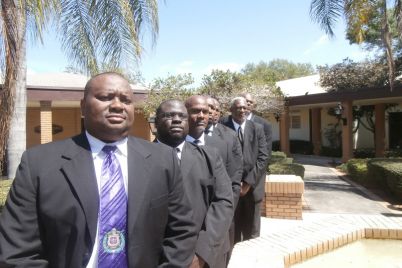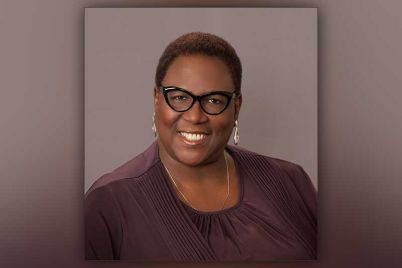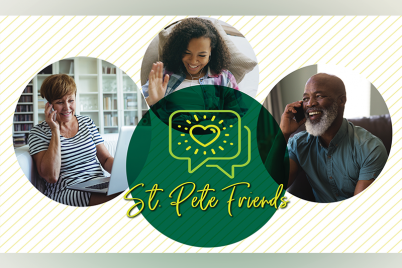Across the country, studies reveal that Black and Latinx people make up about 80 percent of the people facing eviction, whether they are renters or homeowners servicing a mortgage.
BY YOLANDA GOODLOE COWART, Staff Writer
The pandemic is like the gift you never asked for that continues to give long after receiving it. First, it gave us panic and fear for ourselves and our loved ones, followed by the strain on our mental health brought on by the prolonged shutdowns.
After that, there were business closings, layoffs and a mass exodus from the corporate world (The Great Resignation). Now, we’re winding down with an economic recession that will see thousands of people being evicted from their homes.
And like most of the pandemic, not only will the recession disproportionately impact the Black community, but it will further expose the housing inequality that we are sadly already very familiar with.
Going from health inequality to a housing crisis
Over the past two years, the rates of COVID-19 infections and deaths amongst Black and Hispanic people in the United States were higher than their Caucasian and Asian counterparts. Regarding hospitalizations, Black and Hispanic people were more than two times more likely to be hospitalized for COVID complications than white people.
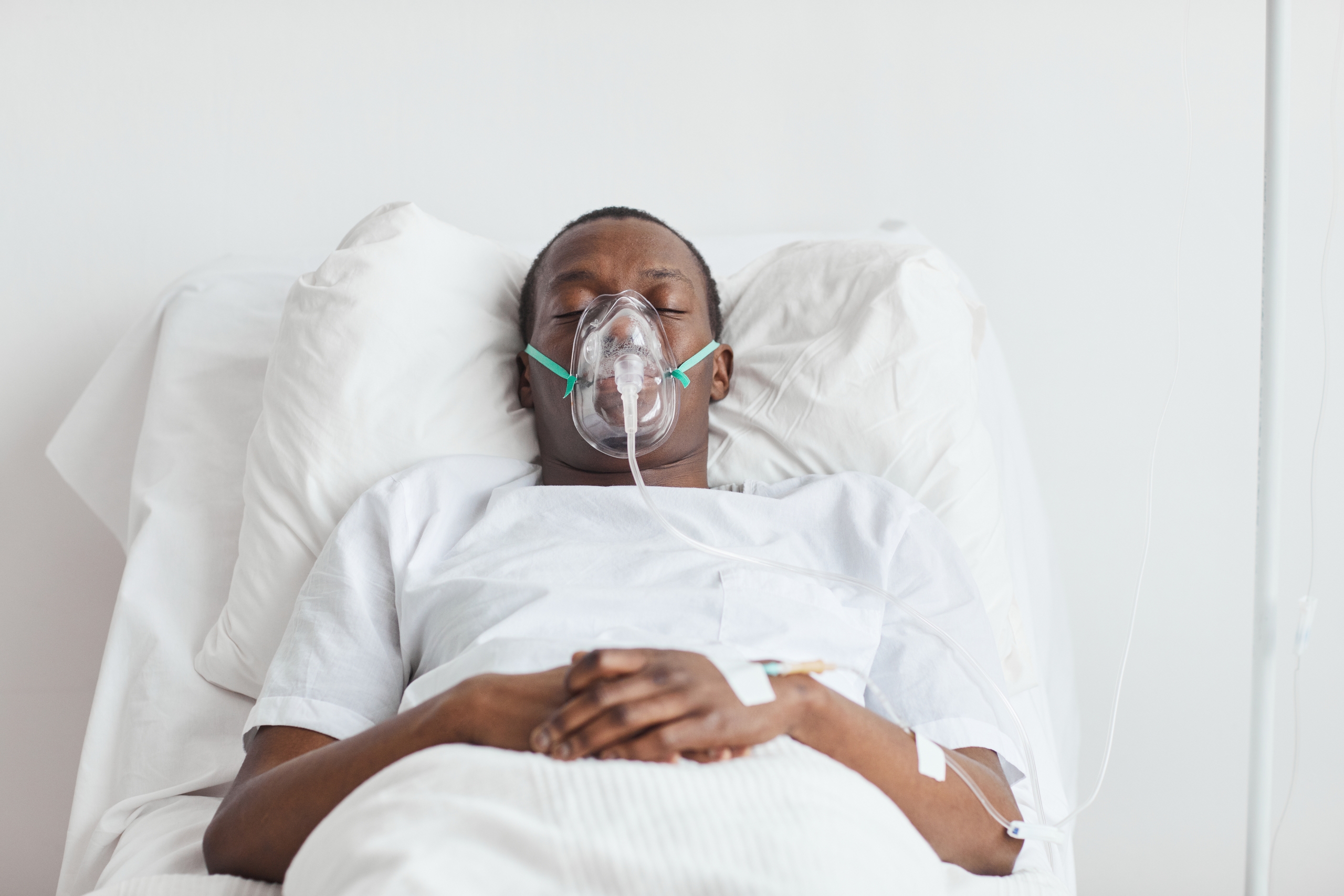
Approximately 97.9 out of every 100,000 Black people have died from COVID-19, a mortality rate that is a third higher than that for Latinos (64.7 per 100,000) and more than double that for whites (46.6 per 100,000) and Asians (40.4 per 100,000).
The overrepresentation of Black people among confirmed COVID-19 cases and the number of deaths underscores the fact that the coronavirus pandemic — far from being an equalizer — is amplifying or even worsening existing social inequalities tied to race, class, and access to the healthcare system.
Approximately 97.9 out of every 100,000 Black people have died from COVID-19, a mortality rate that is a third higher than that for Latinos (64.7 per 100,000), and more than double that for whites (46.6 per 100,000) and Asians (40.4 per 100,000).
The overrepresentation of Black people among those heavily impacted by the pandemic amplifies the existing health inequalities tied to race and access to the healthcare system. There are several reasons for these inequalities.
First, before the pandemic, nearly 40 percent of Black people were low-wage workers with jobs that did not pay sick leave. Consequently, if they took time off for an illness, they did not receive payment for that day.
Logically, such work situations would increase the chance of exposure to the virus during a pandemic, as most workers would rather take their chances than reduce their paychecks.
Second, nearly 25 percent of employed Hispanic and Black/African Americans work in the service industry, while 30 percent of licensed practical and licensed vocational nurses are Black. These two categories made up the most essential services and workers during shutdowns.
They were working during the peak of the COVID-19 pandemic while many relied on public transportation to get to and from work, as this is the major means of transportation in highly populated urban areas for many in our community.
Access to healthcare/health insurance also played a role in the disparities. Before the Affordable Care Act in 2010, around 20 percent of Black people were uninsured. While the Act helped reduce the rate of uninsured people by over one-third from 2013 to 2016 (11.5 percent), the rate of uninsured Black people is still high, particularly in comparison to white (7.5 percent) and Asian American (6.3 percent) people.
If a sick person had a job that granted sick leave but did not have health insurance, they would not likely go to the doctor or hospital for tests, treatments, and medications because of cost.
People with underlying medical conditions like diabetes, heart disease, asthma, lung disease, high blood pressure and cancer stand a greater risk of being seriously ill if they get infected with COVID-19. Many autoimmune diseases and medical conditions are more prevalent in Black communities.
Systemic discrimination also played a role in the inequities. Aside from the racism, Black people experience in the healthcare system, the long-term effects of racism that we experience daily impact our ability to overcome illnesses. Studies have shown that people who experience racism have poorer health outcomes, particularly concerning mental health.
As we move into a post-pandemic world, many of these inequalities are becoming more pronounced in the face of ongoing medical challenges. People struggling to survive before COVID-19 hit and just managed to get through the last two years with government assistance are in an even more precarious position today. After those interventions have ended, many within the Black community will face financial challenges, such as eviction.
According to an analysis of U.S. Census data in 2020, about 30 to 40 million people in America stand the risk of being evicted from their homes. The pandemic happened in the middle of a severe affordable housing crisis in the U.S. when nearly 20.8 million renter households were rental cost-burdened.
A household classified as rental cost-burdened means the family pays more than 30 percent of their income in housing. Before the pandemic, 25 percent of renter households (or 10.9 million) were spending over 50 percent of their income on rent.
One in four renter households below the poverty line was spending more than 70 percent of their income on housing.
These households managed to scrape by before the last two years’ events. The government interventions merely put a pause on the underlying housing challenges.
Once the interventions are gone, those dormant housing challenges, along with massive job loss and an increase in uninsured people, will cause the number of families unable to meet their monthly obligations to rise.
Also, consider that within the last decade, there has been a loss of about 4 million affordable housing units. Before this loss, affordable apartments available to low-income renters were short by at least 7 million. With a shortage of 11 million affordable apartments for low-income renters, if these families are evicted, where will they go?
The impact of housing inequality on the Black community
Financial institutions deny Black mortgage applicants 84 percent more than white applicants. Because of income inequality, Black renters face a more significant challenge when trying to save for a down payment on a house. Many have a poor credit history, which is often used as a reason to deny mortgage applications.
These issues have only worsened during the pandemic, affecting Black households disproportionately with job or income loss. These households were also more likely to have trouble making mortgage payments. Because of this and many other factors, BIPOC communities are not only twice as likely to be renters, but they are also more likely to be rental cost-burdened.
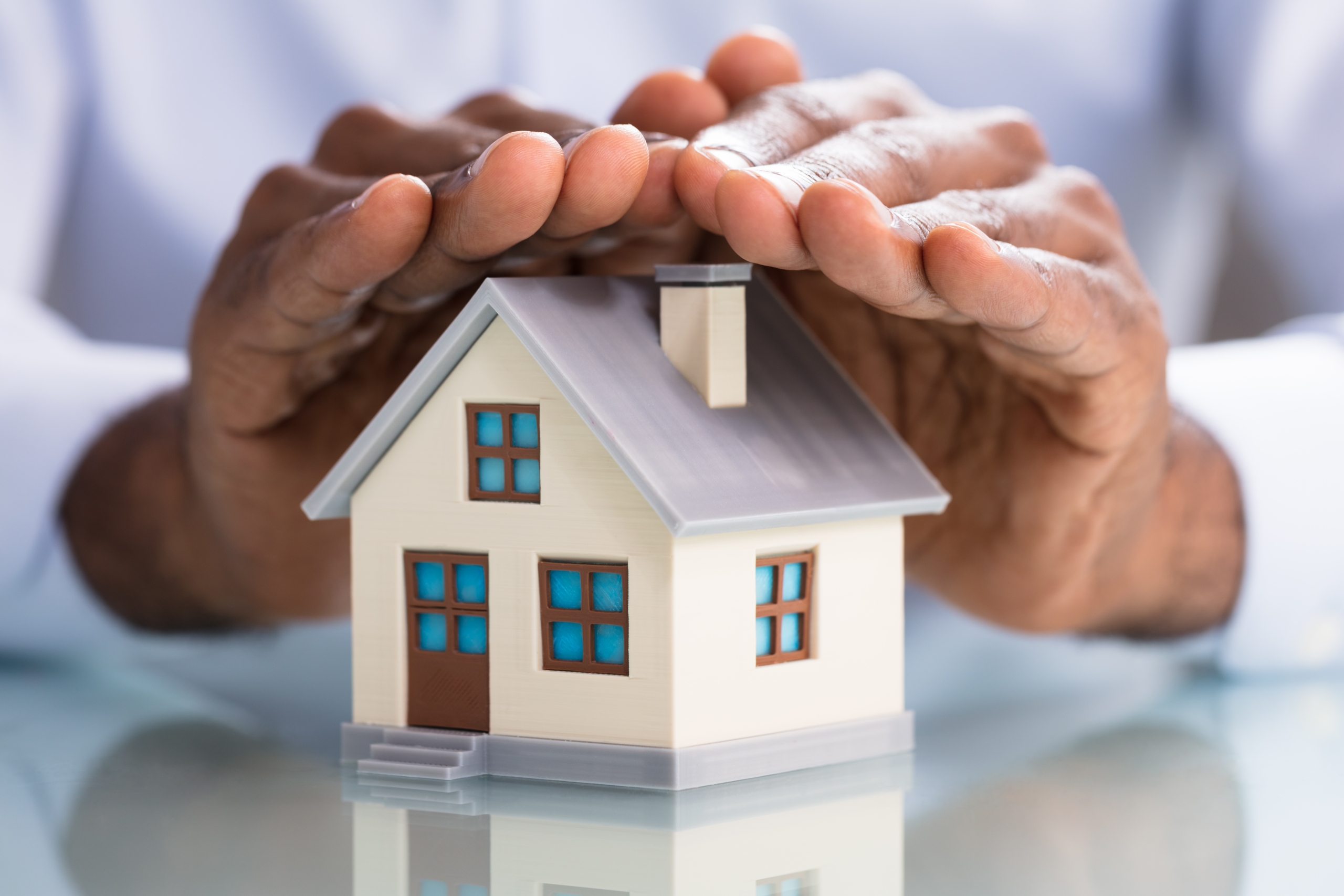
Financial institutions deny Black mortgage applicants 84 percent more than white applicants. Because of income inequality, Black renters face a more significant challenge when trying to save for a down payment on a house.
Black homeownership is at 44 percent, which is 5.7 percent below the peak rate in 2004. According to a study by Zillow, the Black homeownership rate is 47 percent in Florida. While this appears to be above the national average of 43.4 percent, it is almost 30 percent lower than the rate of homeownership for white people in the state (75.6 percent).
For the lucky few who scale through and get approved for a mortgage, statistics show that Black homes or homes in Black neighborhoods are usually appraised lower, but their tax assessments are higher than they should be.
This means that Black homeowners get paid less if they sell their property but pay more taxes than they should. So, no matter the stage a Black person is in regarding housing, there appears to be a hurdle to prevent them from stabilizing financially.
The lasting effects of eviction
Across the country, studies reveal that Black and Latinx people make up about 80 percent of the people facing eviction, whether they are renters or homeowners servicing a mortgage. If the dire predictions of eviction come true, the far-reaching result is more than many can imagine.
The consequences of high eviction rates will increase COVID-19 infection rates. Eviction will probably cause COVID-19 infection rates to rise because it will force displaced households to find alternative accommodation in overcrowded living environments.
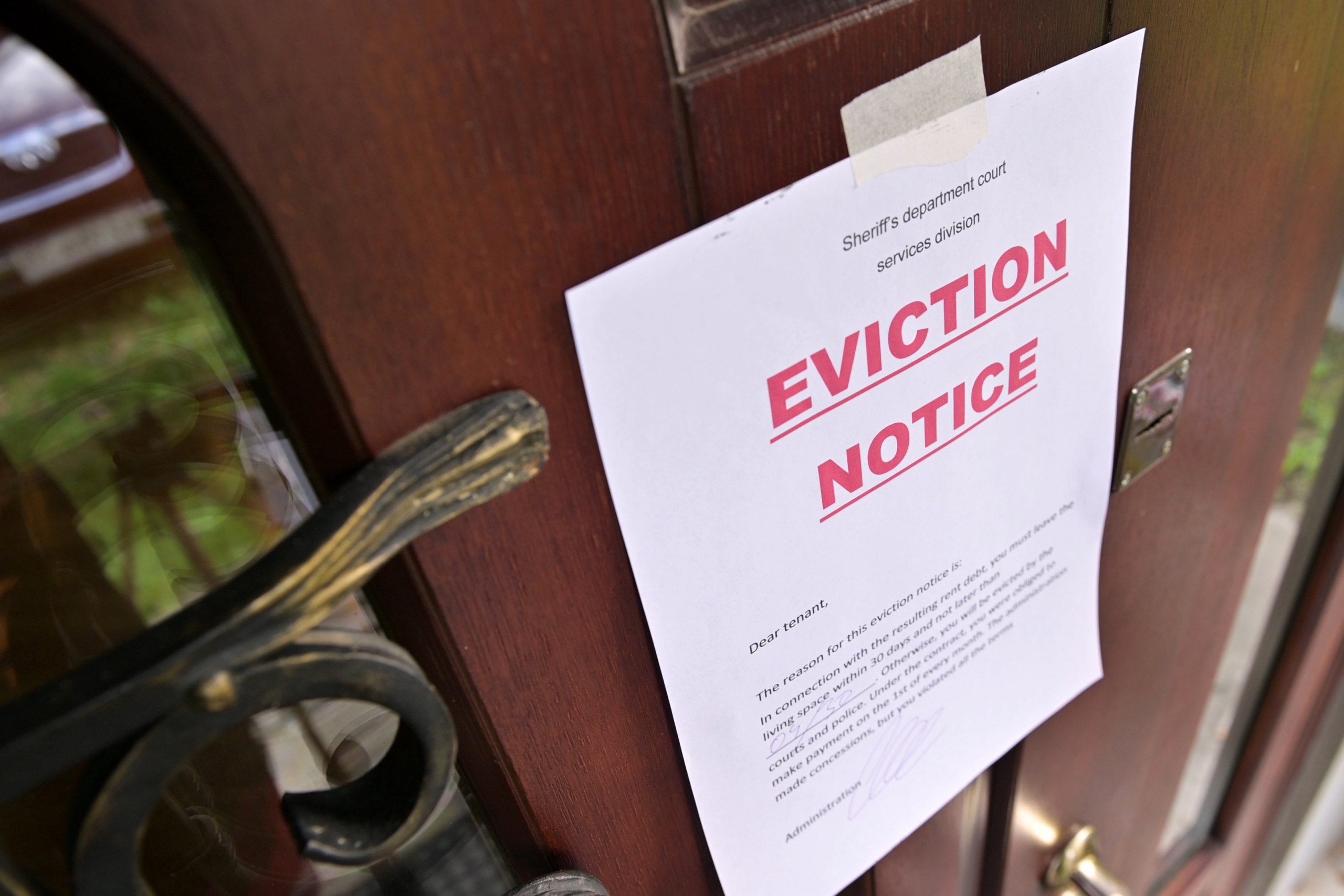
Children in families that have suffered eviction are more likely to experience food insecurity and have worse educational outcomes than other low-income children living in rental housing but did not experience an eviction.
Evictions have an adverse effect on children. Children in families that have suffered eviction are more likely to experience food insecurity and have worse educational outcomes than other low-income children living in rental housing but did not experience an eviction. Studies have also linked eviction to premature birth, low birth weight and infant mortality.
Studies revealed that the mere threat of eviction alone negatively affects physical and mental health. People experience mental conditions such as depression, anxiety and psychological distress.
Research also showed a higher rate of hospitalizations for mental health issues and higher suicide mortality for people who had been evicted than those who hadn’t been. In fact, the rate of suicide was approximately four times higher for people evicted from their homes.
People evicted from their homes are more likely to experience homelessness. They are also more likely to stay in homeless shelters longer time than people not evicted from their homes.
The need for government intervention
Without government intervention, increased affordable housing programs, and effective government regulations, the impending housing crisis will be the most severe U.S. households have ever experienced.
Being evicted from your house has a far more significant impact than just the physical displacement of tenants. Without the government’s involvement, 30 to 40 million people may soon experience the negative consequences of eviction firsthand.
Fair Housing is not just about providing a family or household with a place to live, it’s about providing stability and protection for current and future generations.
It’s about making resources available to people struggling to survive after two harrowing years. It’s about dismantling the racist systems that prevent Black and other minority populations from equal opportunities. It’s about options necessary to help them climb out of poverty and create long-term wealth for their families and children.
Yolanda Goodloe Cowart is an author, small business champion, victim rights advocate, civil rights activist, and human rights defender in St. Petersburg-Clearwater.

